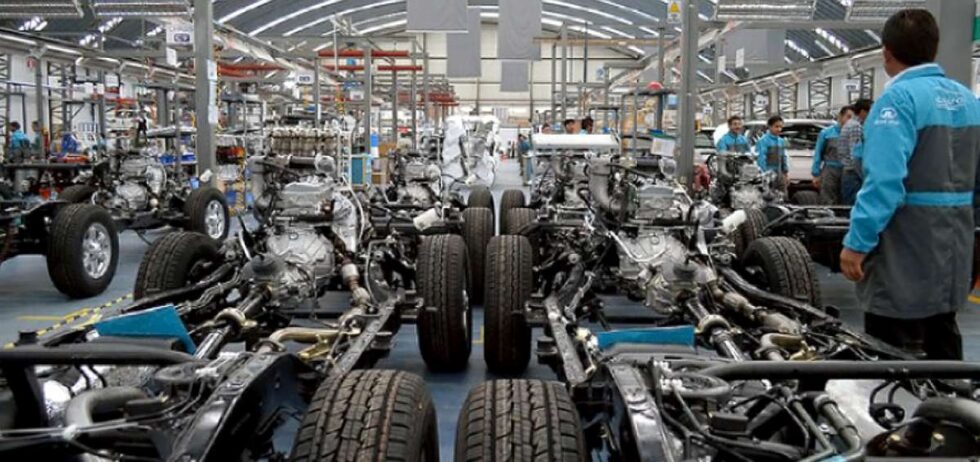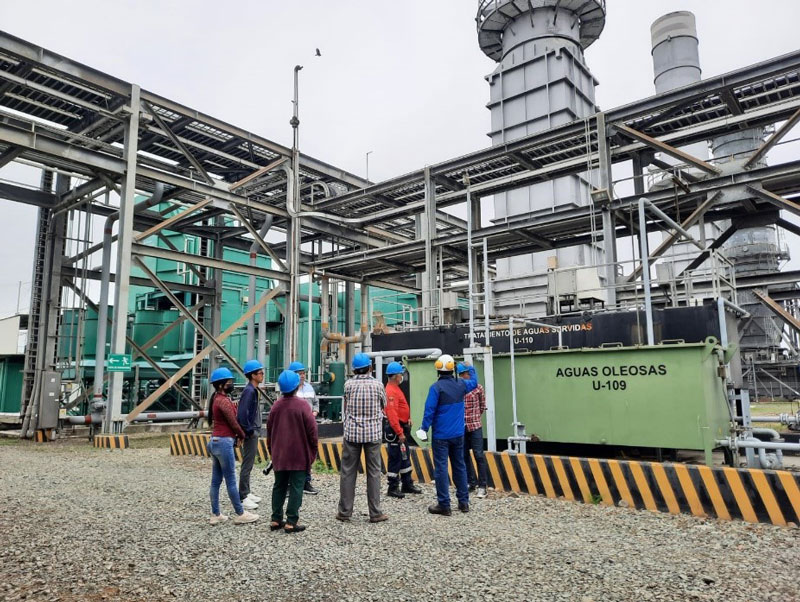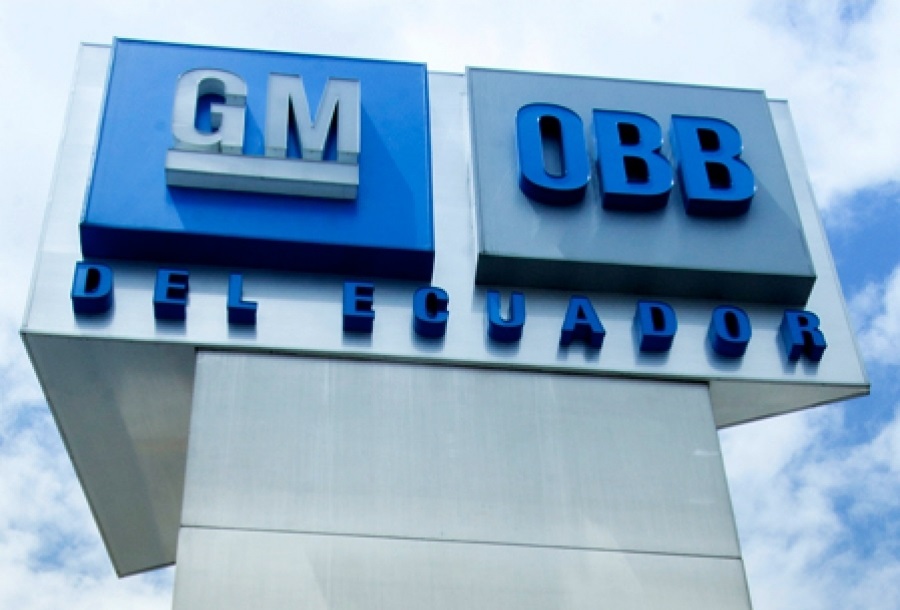Surge of coca production in Peru is bad news for Ecuador and for efforts to stop cocaine shipments
Land devoted to the cultivation of coca leaves in Peru increased by a staggering 18 percent between 2021 and 2022, with some 95,000 hectares (367 square miles) now being used to grow the raw ingredient for cocaine, the government’s anti-drug authorities have said.
Though the cultivation of coca is legal for traditional purposes such as being chewed for energy or administered as an antidote for altitude sickness in the Andean nation, analysts and government officials estimate that some 90 percent of Peru’s crop is now used in the illicit drug trade.

A Peruvian woman collects dried coca leaves destined for cocaine processing labs.
Following an increase in Colombia coca production to record levels, the surge in Peru is bad news for the international fight against cocaine trafficking. It is also bad news for Ecuador, which has become a major export terminal for cocaine refined in Colombian and Peruvian drug labs.
Equally troubling is the rapid growth in cocaine demand, especially in the North American and European markets. “The world is currently experiencing a prolonged surge in both supply and demand of cocaine, which is now being felt across the globe and is likely to spur the development of new markets beyond traditional ones,” the United Nations 2023 Drug Report says.
Based on data from 20 monitored areas, Peru’s national anti-drugs commission DEVIDA said on Monday that coca cultivation was at a record high in 2022 compared with the previous two decades, according to analysts. Cultivation was taking place most notably on protected lands and Indigenous Amazon villages close to the borders with Brazil and Colombia.
“Now the damage is even more powerful, because it includes environmental crimes in forests, in protected areas and with greater incidence in Indigenous or native communities,” DEVIDA President Carlos Figueroa told a news conference.
Figueroa said illicit coca cultivation on Indigenous territories had almost doubled since 2020, reaching 18,674 hectares last year. There was also worrying expansion along the borders with Colombia and Brazil, where international drug traffickers operate, he said.
Peru and Colombia are the world’s largest producers of coca leaf and cocaine, according to the United Nations.
Figueroa estimated that current coca crops could have produced some 870 tonnes of cocaine in 2022.
“The Peruvian government makes strenuous efforts to confront this global scourge with energetic and forceful actions, under the principle of common and shared responsibility. We urge the international community to continue the same effort to jointly defeat this common enemy,” DEVIDA said in a statement accompanying its report. “The international community can trust that the Peruvian State is a solid ally in the fight against the world drug problem,” the commission added.
Peru’s largest area of coca cultivation and cocaine production remains the valley of the Apurímac, Ene and Mantaro rivers, or VRAEM, accounting for some 35,709 hectares, Figueroa said.
The area of mountains and jungle is roughly the size of Puerto Rico at the centre of the Andean country, and drug traffickers in this area work in alliance with remnants of the Shining Path rebel group, according to police.
Drug traffickers along the border are linked to dissidents from Colombia’s FARC rebel group and the Red Command, deemed one of Brazil’s largest criminal organisations, he added.
Clandestine landing strips for drug planes have increased despite police efforts, he added, noting air routes make an easy and important exit for remote operations.
In a separate conference on Monday, Luisa Sterponi, a coordinator at the UN’s office on drugs and crime, said Peruvian cocaine is mostly transported to Bolivia and Brazil, then shipped mainly to Europe and Oceania. She added that a “significant amount” of cocaine is being transported by boat to Ecuador, where it often ends up in shipping containers destined for European ports.
Peru has been in talks with the United States for years, hoping it will lend “non-lethal” support to intercept planes carrying illegal drugs. Washington suspended its prior support in 2001 when Peru’s Air Force shot down a plane mistakenly thought to be carrying drugs, killing two US citizens.
__________________
Credit: Al Jazeera



















